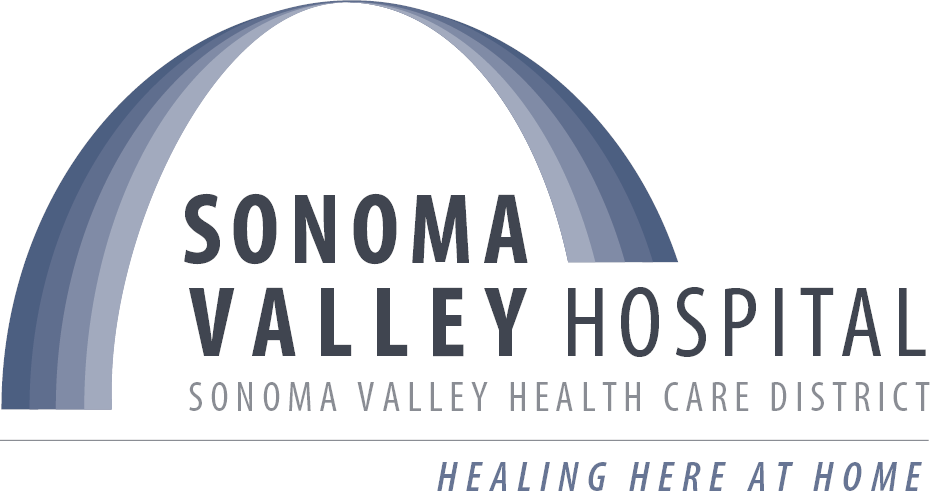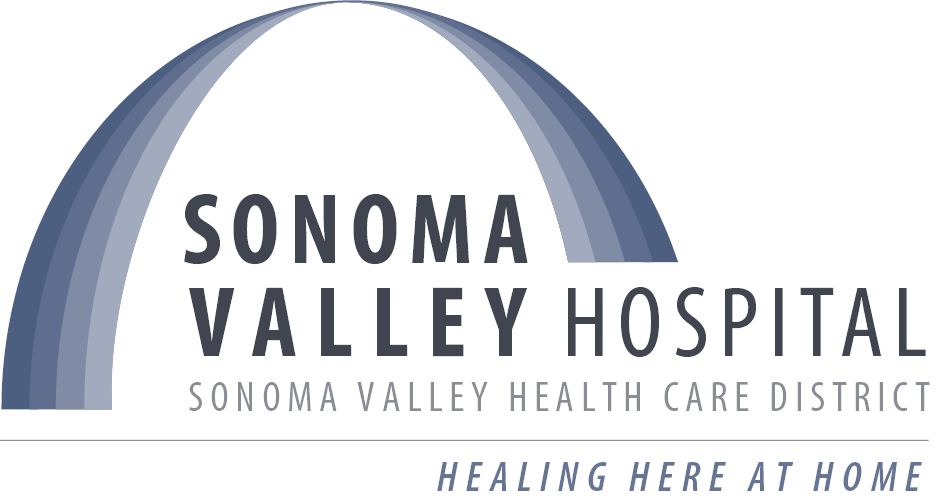SVH Skilled Nursing Facility Task Force Makes First Report
October 1, 2018The SNF Task Force held a public meeting last week to report on its findings to date and encourage community input. I want to clarify that no decisions will be made for several months to allow time for the group to test process improvement changes to the SNF and determine their financial impact. We will have an interim Task Force report at the October 4 District Board meeting, and we also plan to hold a second public meeting to report on our progress within a few months.
First, I want to express appreciation to everyone who attended the meeting and those who shared their thoughts about our SNF. It was gratifying to hear of the positive impact that this service has had on the lives of many patients and their families.
The meeting heard a report from task force members who reviewed a SNF optimization project begun in 2014 which was planned to increase the SNF direct margin by reducing costs. The reduction was achieved, increasing the direct margin from $452,000 to $748,000 by 2016. However, this improvement proved unsustainable due to changes in SNF costs and reimbursement since 2016. Factors cited that contributed to the reversal in gains included:
- Rising labor costs due, in part, to a local shortage in critical rehab staff.
- Decreased acuity leading to lower reimbursements and reduced patient days.
- Requirement for a three-day qualifying stay, which reduced the number of surgical patients eligible for the SNF. (Patients who leave the hospital short of a full three-day stay are not eligible for SNF admission under the new reimbursement requirements.)
- Fewer admissions and procedures as care moved from inpatient to outpatient.
- Reimbursement shifted to fixed payment which did not keep up with actual costs.
As a result, our SNF has seen a steadily diminishing number of patient days and reimbursements. This has led to the projected fiscal year 2019 SNF operational loss of $880,000. Also driving this is the higher costs of hospital SNF care versus that of a stand-alone SNF. SVH faces a $403 daily cost compared with $130 for independent SNFs, reflecting the stricter requirements for hospital-based SNFs.
While several community members in attendance said that they have observed the SNF being at or near capacity on their visits, it needs to be pointed out that the Task Force has found that admission requirements need to be tightened for our SNF, and not all recent patients have qualified for reimbursement.
Moving ahead, the Task Force reported it will initially focus efforts on two areas to increase SNF margins. The first is labor costs. Current staffing ratios in our SNF, at 6.4 Hours Per Patient Day (HPPD), a common staffing metric, are higher than the state standard of 4.5 HPPD. We will reduce staffing and cap the census at 15 patients to reach the 4.5 HPPD and see what impact this has on margins going forward.
SVH will also attempt to improve Resource Utilization Group (RUG) scores by enhancing the prior authorization process. This is critical because RUG scores are another critical metric of SNF financial performance, emphasizing that SNF patients need to have a rehabilitation focus to ensure the hospital is reimbursed for services.
The meeting also included introductions of representatives from two local independent SNFs, Broadway Villa and Sonoma Post Acute. They discussed their facilities and noted that each has capacity to take more patients, and that each gives priority to local patients.
Again, I want to thank the community for its input as we go through this process. We will provide an interim report at the District Board meeting on November 1st November 4th at 6 pm in the Community Meeting Room (177 1st Street West).
Sincerely,
Jane,
Jane Hirsch
First Vice Chair, SVHCD Board of Directors
SNF Task Force Chair


